Unlocking the Benefits of In-house CNC Machining for Fabricators
With the ability to cut and machine parts under one roof, fabricators gain full control over quality and turnaround times, ultimately improving customer satisfaction and profitability. The post Unlocking the Benefits of In-house CNC Machining for Fabricators appeared first on Fabricating & Metalworking.


Customers demand precision, on time deliveries and competitive pricing. Staying ahead of deadlines while maintaining cost efficiency and quality in the fabrication landscape is no small feat. Many fabricators experience this and the pressure can be constant. Staying competitive takes more than simply keeping up with the latest trends, it requires efficiency and the ability to innovate. One of the most effective ways to achieve this is through vertical integration. Fabricators relying heavily on external vendors often face quality issues, bottlenecks and unpredictable costs. For these fabricators, the answer often lies in bringing CNC machining processes under their own roof.
The Role of CNC Machining Centers in Fabrication
CNC machining centers offer precision and versatility, making them essential for modern fabrication shops. Machining centers come in all sizes, but fabricators may want to focus on large-format machines capable of handling oversized plates, tubes, weldments, and other large profiles.
One of the common reasons fabricators hesitate to incorporate machining centers is the perception that traditional CNC machines are too small to handle large workpieces. Conventional machining centers cannot accommodate the oversized plates, tubes, or weldments that fabricators typically work with. However, large-format CNC machining centers eliminate this limitation by providing the additional capacity to machine large, sometimes more complex, parts in-house.

By utilizing large-format CNC machining centers, fabricators can reduce their dependency on external vendors, streamline production and reduce external costs. Large-format machines often reduce the need for multiple setups, enabling shops to sometimes complete machining operations on larger components in a single setup.
Some fabrication shops may assume they don’t need a machining center because they aren’t doing complex machining. However, CNC machining centers are invaluable for straightforward operations such as drilling, tapping and simple milling. These tasks, while basic, are time-consuming without a machining center.
Despite the benefits, some fabricators still hesitate to invest in machining centers due to concerns about the learning curve, operator training and workflow integration. CNC technology may seem complex, but modern advancements have made these systems more user-friendly, with intuitive controls, conversational programming, automation features, tool probes and parts probes that reduce the possibility of errors and simplify operations. Additionally, many CNC manufacturers offer comprehensive training and ongoing support to help fabricators quickly get up to speed.
Enhancing Precision and Reducing Waste
CNC machining produces precision results with minimal scrap, making it valuable technology for fabricators focused on quality and cost efficiency. By executing machining tasks with exceptional accuracy, CNC machines reduce errors and rework, ensuring parts meet exact specifications. This level of precision is particularly important in industries where even the smallest tolerance deviation can lead to costly failures or performance issues. Additionally, CNC machines optimize material usage by calculating the most efficient tool path and cutting strategy, maximizing the yield from each raw material.
Expanding Capabilities with Multi-axis Machining

Standard 3-axis machines handle basic cutting, drilling, and milling, but complex components require additional axes for optimal results. Four- and 5-axis machining centers enable fabricators to produce intricate geometries that would otherwise need multiple setups or external processing. Even if complex components aren’t needed right away, starting with a 3-axis machine offers fabricators an opportunity to learn CNC machining, with the option to upgrade to 4-axis or 5-axis models as business grows. This progression helps fabricators scale their capabilities at a pace that synchronizes with their business requirements.
Increasing Efficiency with Automation
CNC machining drives automation in fabrication. Unlike manual machining, which requires constant operator intervention, CNC machines run autonomously once programmed. This autonomy boosts overall efficiency and reduces labor costs as fewer operators are needed to oversee the machining process.
Also, as fabrication shops expand their business capabilities, demand for higher output increases, so integrating advanced CNC machining centers with robotic welding and automated material handling systems are excellent options for the most efficient operations. Additionally, real-time monitoring and predictive maintenance features help prevent unexpected failures, ensuring continuous production.
The Financial Benefits of In-house CNC Machining
While the initial investment in CNC machining may seem high, the long-term financial benefits are substantial. Eliminating outsourcing reduces vendor markups and lead times, both of which affect the bottom line, and minimizes any shipping delays. In-house machining also enables shops to take on more projects, offering customers a consistent, single source and partner.
Keeping machining in-house reduces the risk of supply chain disruptions. Fabricators who rely on external vendors risk delays and price fluctuations that can disrupt project timelines and hurt profitability. By taking control of production schedules, fabricators can ensure consistency and reduce the unpredictability of outsourcing. This level of control helps to stabilize costs and ensures deadlines are met.
The Competitive Edge of Vertical Integration
Fabricators who integrate CNC machining into their operations gain a distinct competitive advantage. As discussed previously, producing finished components in-house reduces lead times, enhances quality control, and simplifies customer communication. This flexibility is essential for industries with changing demands and tight deadlines.
CNC machining is often a secondary operation following laser, waterjet, or plasma cutting. While these cutting processes efficiently shape raw material, additional machining is frequently required to achieve precise tolerances, tapped holes, or other critical features. By incorporating a CNC machining center into the workflow, fabricators do not need to send parts to an outside shop for finishing, reducing bottlenecks and ensuring better alignment between the cutting and machining processes. Vertical integration streamlines production and enhances consistency across all stages of fabrication. With the ability to cut and machine parts under one roof, fabricators gain full control over quality and turnaround times, ultimately improving customer satisfaction and profitability.
The Future of Fabrication: Becoming a Full-service Provider
As competition increases, manufacturers that invest in advanced manufacturing technologies position themselves for long-term success. In-house CNC machining allows shops to take on more complex jobs, offer a wider range of services and control production. Fabricators who embrace CNC technology will be more competitive, take on more work, and meet the demands of a market that is constantly evolving.
Five Dynamic Uses for CNC Machining Centers
In-house CNC machines provide many advantages to metal fabricators. One such machine is the FlexCNC. The highly automated functional machines employ a vertical spindle and worktable orientation, allowing operations on a long bed, horizontal machining bed.
1.) Thermal Drilling
Thermal drilling, also referred to as friction drilling or flow drilling, is an advanced hole-forming technique that leverages high rotational speed and pressure to generate frictional heat, softening the metal and allowing precision hole creation. Unlike conventional drilling, which removes material, this process displaces and reshapes it, forming a robust, work-hardened bushing around the hole. The result is a stronger, more efficient fastening solution that eliminates the need for secondary operations like weld nuts or stake nuts, making it particularly valuable in applications requiring high-strength, wear-resistant threaded connections.
2.) Weldments
A weldment is a structural assembly created by welding multiple components together, often used in applications requiring strength, durability, and complex geometries. However, due to heat distortion, material expansion, and weld bead buildup, post-weld machining is frequently necessary to achieve the tight tolerances required for precision applications. This is especially critical when tolerances exceed what can be maintained through manual assembly or traditional fabrication methods. By incorporating precision machining after welding, manufacturers can correct dimensional variances, improve surface finishes, and ensure that the final component meets stringent engineering specifications for fit, function and performance.
3.) Keyways
Keyways are an essential machining process used to create a slot in a workpiece. Long slots are cut into a component to accept a key that engages with a similar slot on a mating component, so that the two do not move against each other. They are cut vertically or horizontally along the surface of a shaft, and the type of key and keyway that is milled depends on the kind of work it is intended for.
4.) Right angle tooling
Angle heads are high-precision tooling solutions designed to enhance the versatility and efficiency of machining operations. These specialized tool holders enable cutting tools to access features at perpendicular or angular orientations relative to the workpiece, allowing for milling, drilling, and other machining processes on otherwise difficult-to-reach surfaces. Available in both fixed and adjustable-angle configurations, angled heads can be tailored to specific applications, with some models offering dual-output capability for simultaneous multi-surface machining. By expanding the range of accessible cutting angles, these tools reduce the need for multiple setups, improving machining accuracy, cycle times and overall productivity.
5.) Fourth axis
Fourth-axis machining involves an additional rotary movement around the A-axis. Fourth-axis CNC machining is an affordable alternative to tube lasering. Utilizing a 4th-axis removes human error when repositioning a part, ensuring precision and accuracy across and around the whole part and makes processes more efficient.
The post Unlocking the Benefits of In-house CNC Machining for Fabricators appeared first on Fabricating & Metalworking.

























































![[Podcast] Behind the Breakthroughs: How Almac Powers Clinical Trial Success with Care](https://imgproxy.divecdn.com/5lAJkli_KcGt1FSsw4EaegjgP76IHREqYEWbhNBJOXw/g:ce/rs:fit:770:435/Z3M6Ly9kaXZlc2l0ZS1zdG9yYWdlL2RpdmVpbWFnZS9CaW9QaGFybWFEaXZlXzEzNDZfeF83MjlfQXJ0d29yay5qcGc=.webp)












































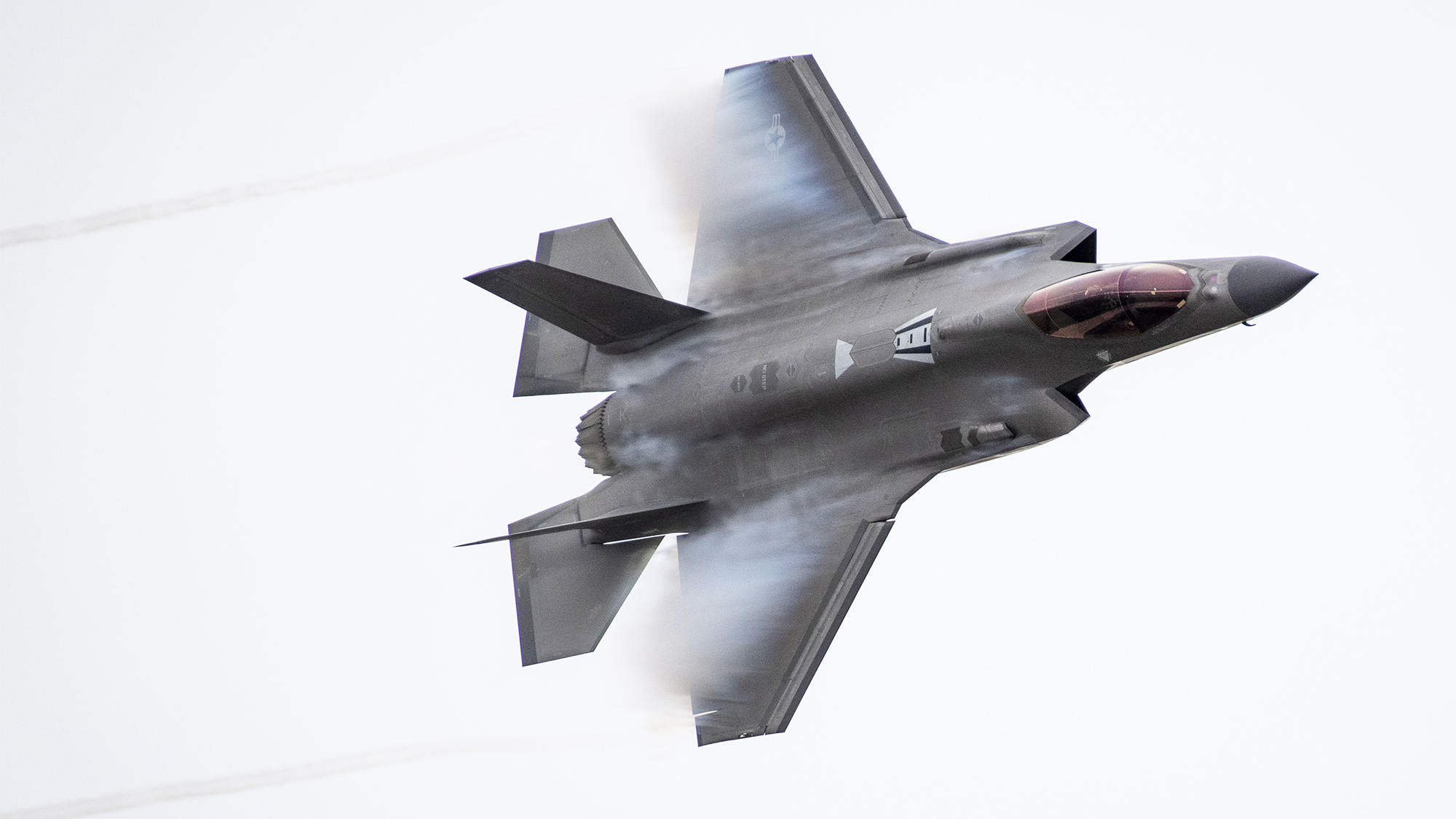










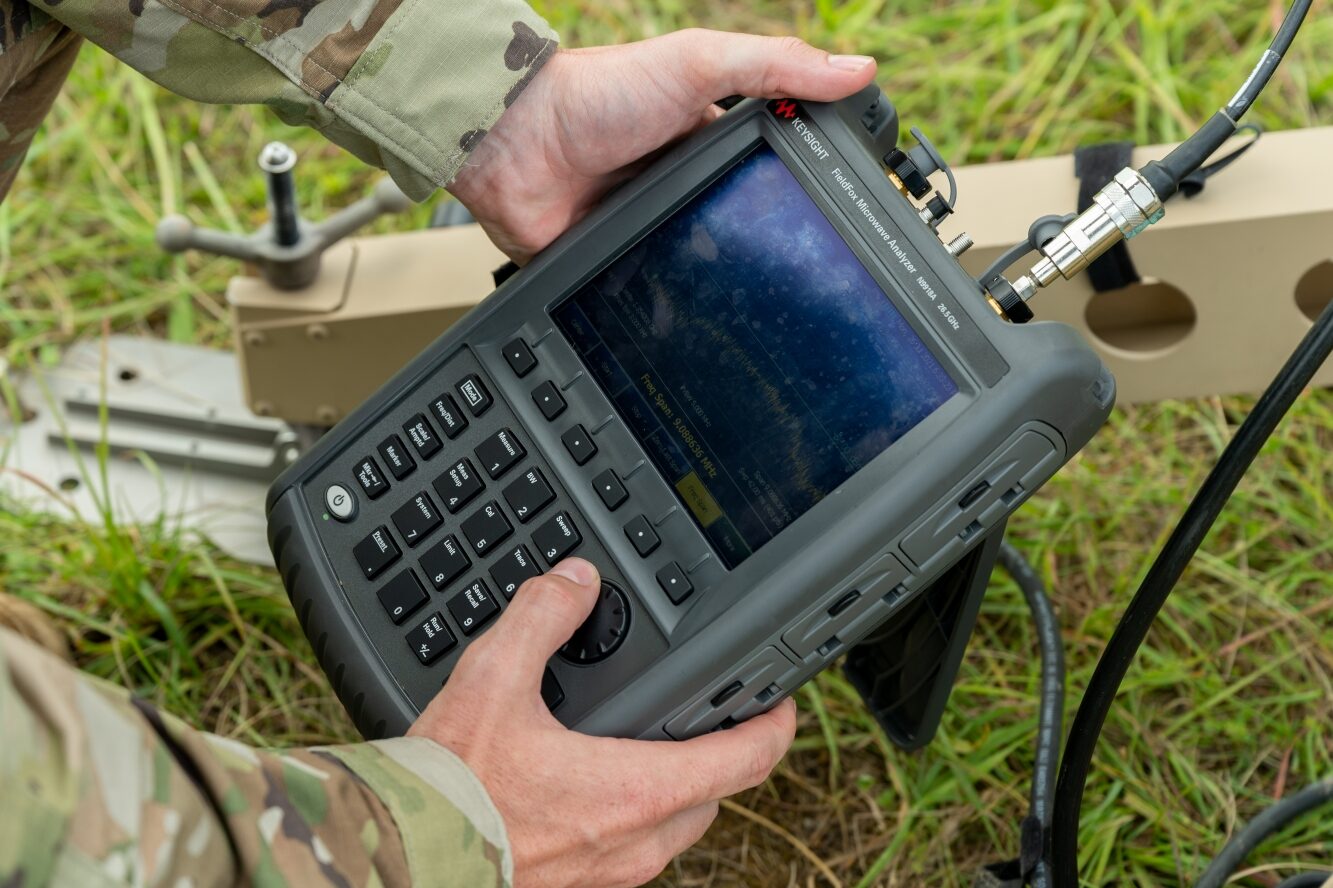


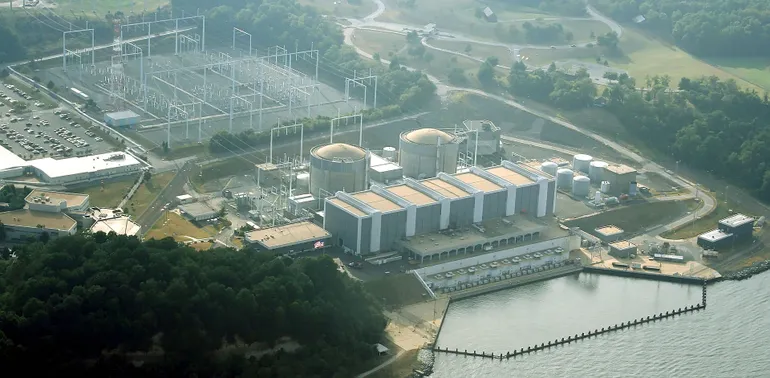

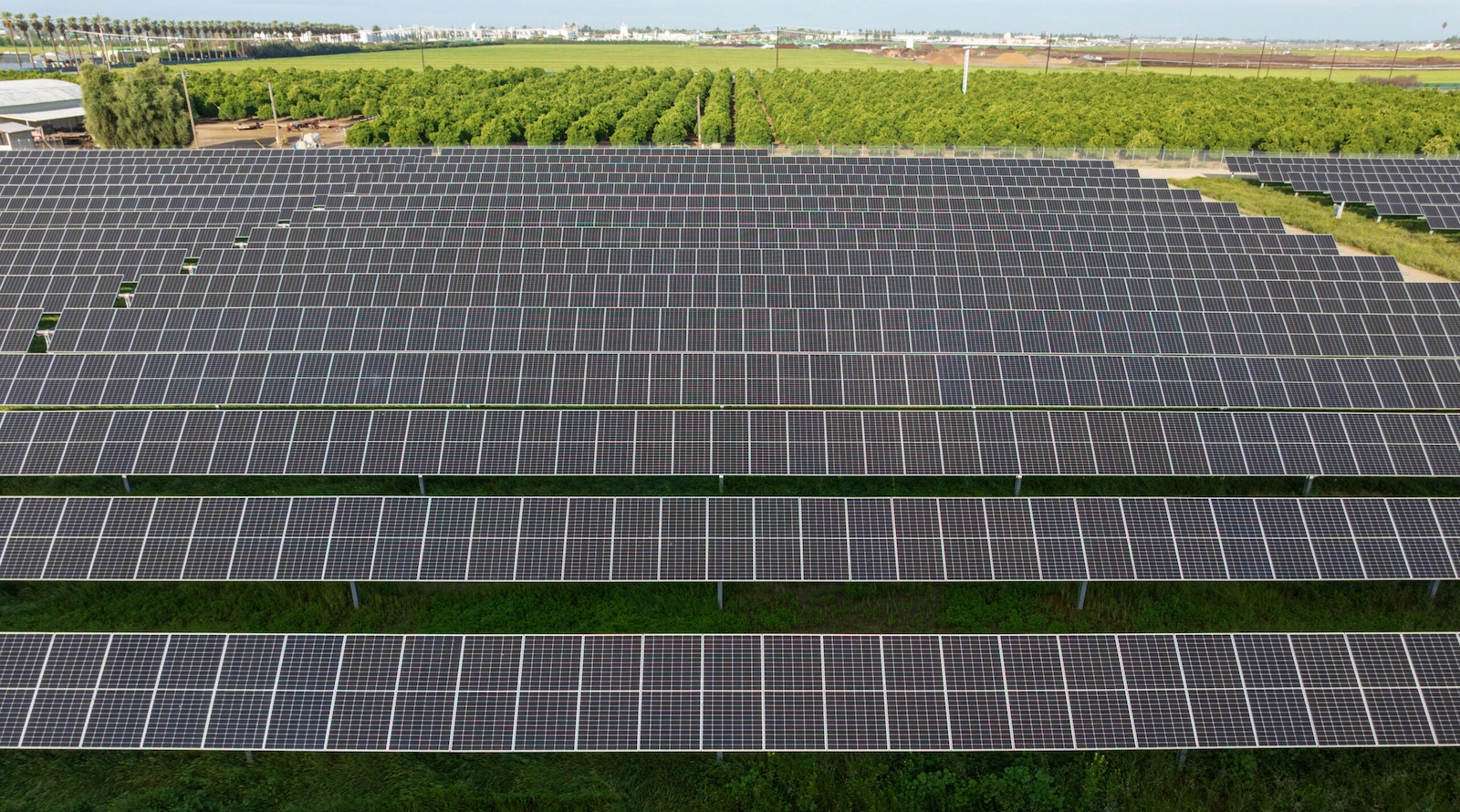





















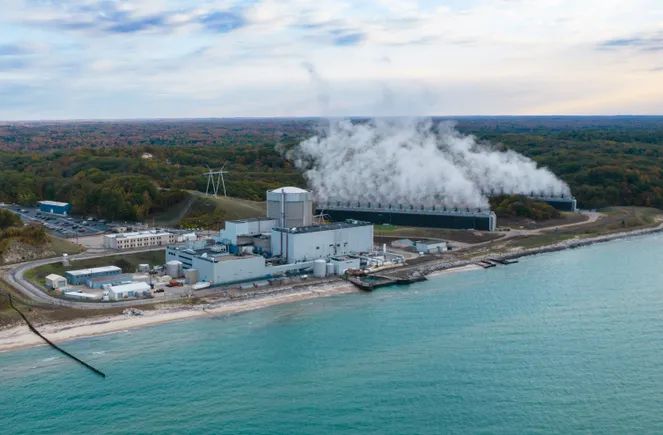









![Video: Marine Serre on Building an Independent Label [English]](https://r.fashionunited.com/LqmL4gcTYaW-0R1pmasQw2Q6yxCrLLvNKSMy3RmjiQg/resize:fit:1200:630:0/gravity:ce/quality:70/aHR0cHM6Ly9mYXNoaW9udW5pdGVkLmNvbS9pbWcvdXBsb2FkLzIwMjUvMDQvMDQvbWFyaW5lLXNlcnJlLW0tczI0LTAzMC16em01bWVqYi0yMDIzLTA4LTIwLXBkNnpmbzc4LTIwMjUtMDQtMDQuanBlZw.jpeg)

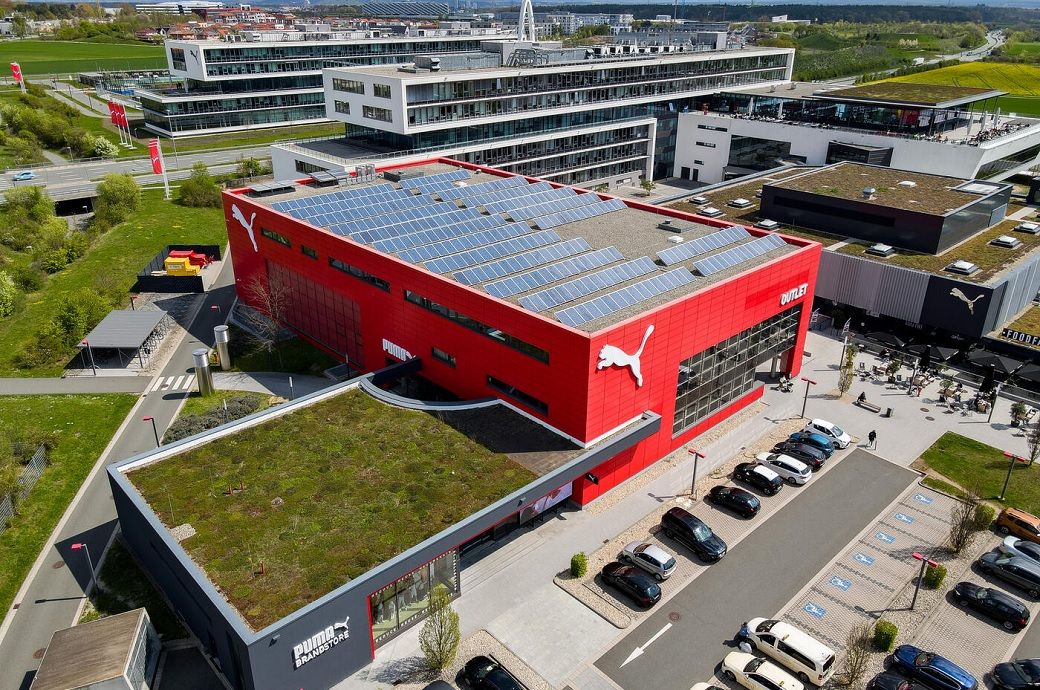









.jpg)








